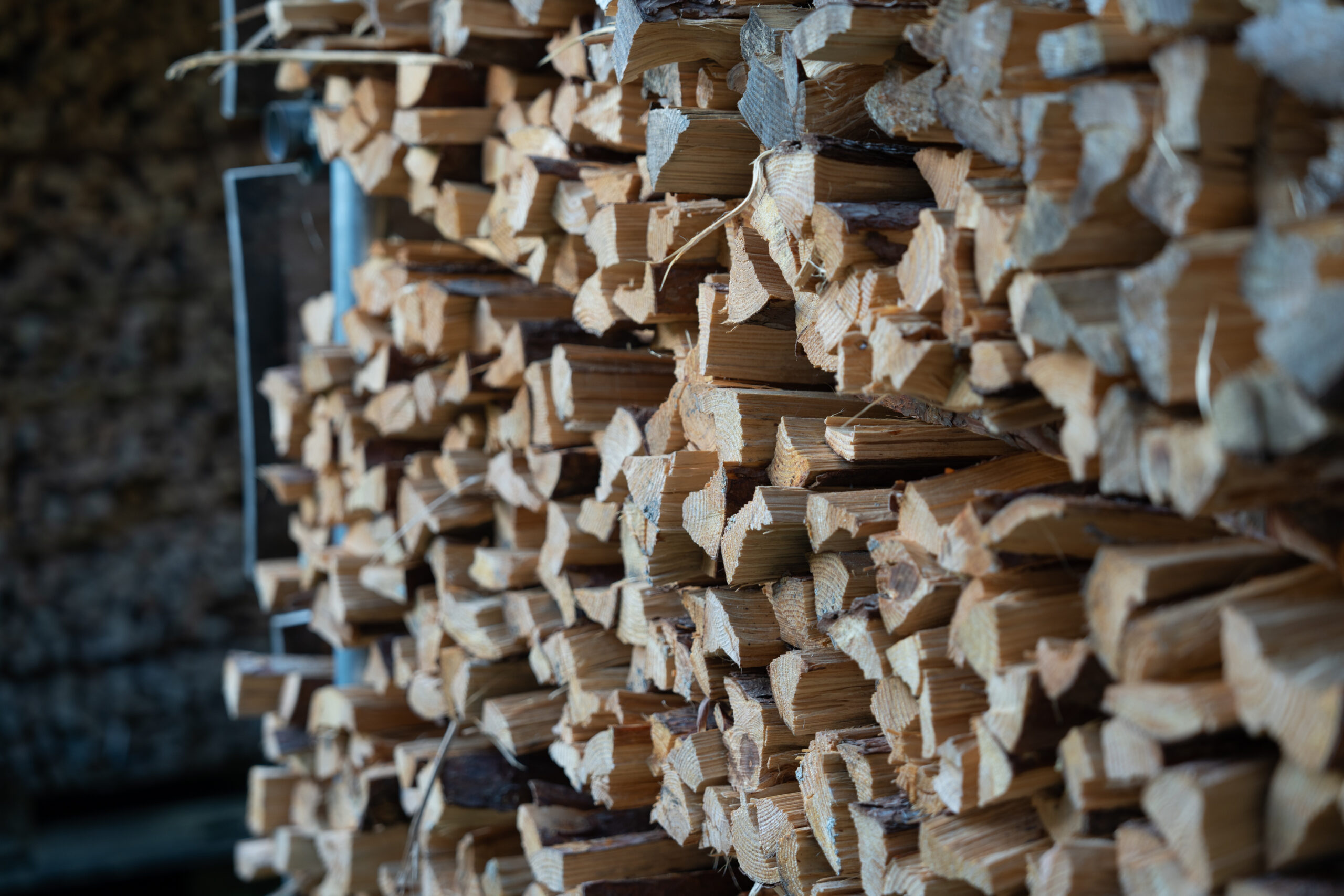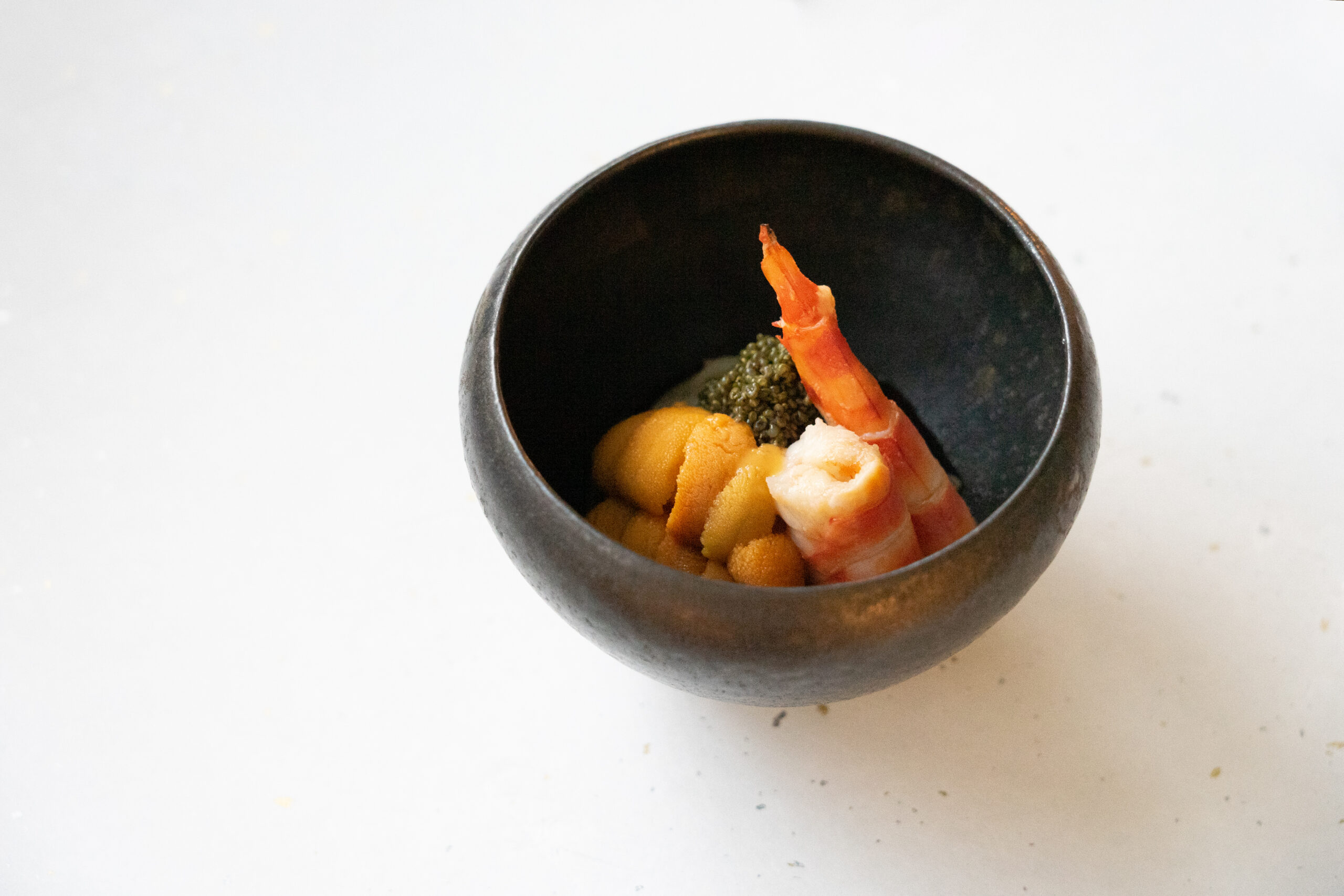“Sustainable” is one of the words that have been frequently used around the world over the last few years. This idea, which means “being able to continue over a period of time”, teaches us the importance of facing global environmental and social problems, and we are hearing more and more about it in our daily lives. However, because it has been used so much, I am afraid that the word has come to be overused, and is now simply interpreted as “sustainable = good for environment.” I would like to come to my own interpretation of what “sustainable” means in the field of crafts.
To me, sustainability begins with thinking about, or imagining, the passage of time. It is difficult right now to put a lot of thought into and practice something that can really have a positive impact on the global environment and social issues. Instead I would like to use this time to think about the passage of time. We can start by imagining what it was like to live in the past, how things have changed since then, then think about what could happen from now on. If we think about our children’s futures, we might want to reconsider our lazy way of living; and thinking about our parents’ times, we could realize how blessed we are today. In the midst of changing times, we might remember that only a very few things are really essential for living. At the same time, however, it is also true that human beings always have an innate desire to pursue progress and improvement in our lives. Carefully bringing such apparently conflicting ideas into harmony, and taking action while thinking about society as a whole, might be the first step towards sustainability.
Crafts are made over time and used over time. I personally enjoy the changes that naturally accompany the aging of the Karatsu sake cups, Kaikado tea canisters, and persimmon- dyed leather wallets that I have had over the years. The more I use them, the more I grow attached to them, and eventually I come to feel as if they are part of me. In this way, there seems indeed to be an inherent sense of sustainability in the world of crafts. Through the aging of crafts, we can become more aware of the changes of time, and through that find a sense of beauty there. This is probably a unique way of thinking in Japan, an island country whose culture has been passed down from generation to generation. Whether the present era is good or bad, if we can pay attention to the changes of time, the future will be bright. We can stop becoming absorbed in the present moment alone, and spend more time imagining life in the past and in the future. Appreciating crafts can be one way to help open our eyes and broaden our perspective on the world.
Although crafts are mainly made of natural materials, that is only one aspect of sustainability, and in itself it does not make them sustainable. Being made of natural materials does not necessary mean that they are easily recycled or can be directly returned to the soil. Making things can be seen as a kind of ‘evidence’ of a person’s life, and thus makes us reluctant to let them go easily; this is also another reason why taking each of them up with caring feelings and taking good care of them can be an important first step. Also, it is one of the values of crafts that they possess a long-lasting charm that will not be swept away by the times. It may not be possible to go back to life in the Stone Age, but I can at least hand down the obi that my grandmother cared for and thereby pass on a part of her affection to the next generation. This is one kind of sustainability for me.
Text: Yusuke Shibata
Work: Kakishibu zome/ Persimmon juice dyed Slim Long Purse / Brooklyn Museum



